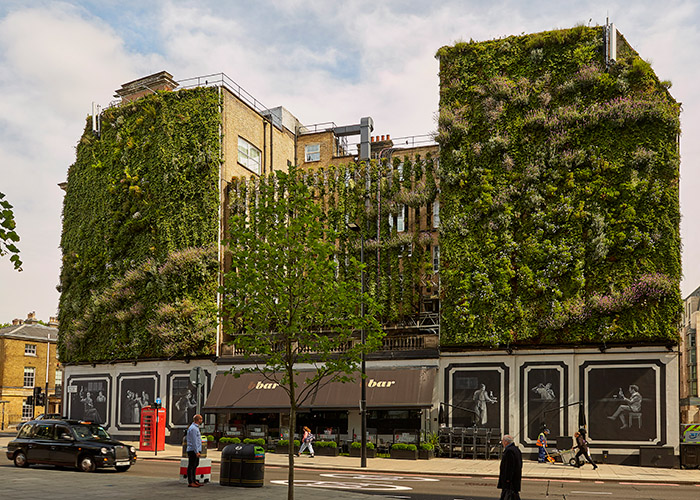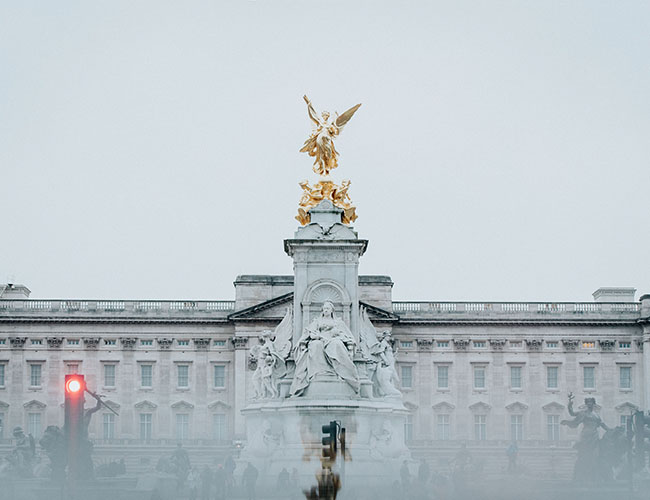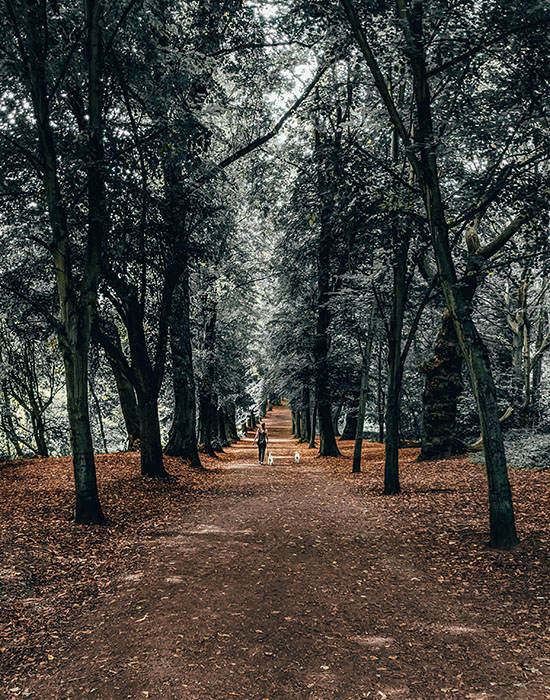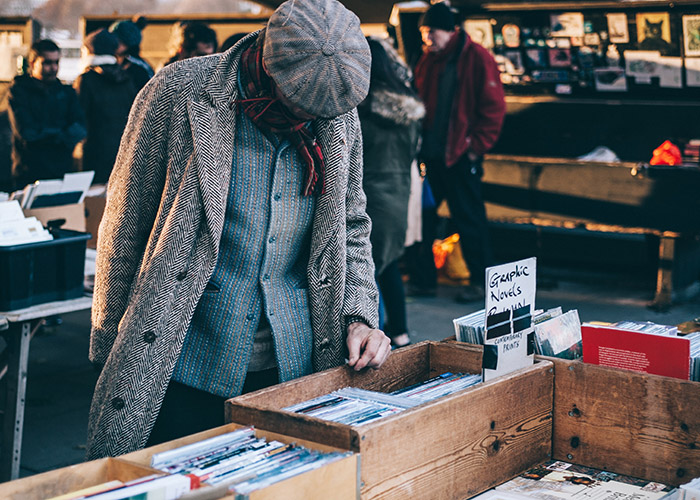Visit London and Discover the City’s Poetry Away From the Crowds
Slow down, slip away from the crowd and bring the city's poetry to life

When I moved to London in 2010, I remember pushing through the crowds at Oxford Circus toward the spire of All Souls at Langham Place. Climbing the steps of the church rotunda, I looked back down the long sweep of Regents Street, already feeling at home in this majestic marbled city. Visiting again nearly a decade later, that sense of belonging rushed over me the minute we hit British soil — and not just because I once called it mine.
Whether it’s your first visit or 50th, you can’t help but feel a bit of déjà vu when walking around London. We learn British nursery rhymes before we walk, graduating to “The Chronicles of Narnia,” Beatles songs, Bond films and “The Crown.” The city’s iconic image looms larger in our collective cultural consciousness than almost any European city.
London is a living museum. Trying to see all it has to offer can be overwhelming. Yes, you can rush around just to say you saw all the exhibits, but in doing so, you exchange its poetry of place for bragging rights. From smaller art collections to sprawling parks and stately homes, here are my favorite places to simply sit and let it all soak in — preferably while sipping tea.

Speaking of tea, I recommend an afternoon at The Rubens at the Palace, a hotel near Buckingham Palace. Facing the Royal Mews, The Rubens’ Palace Lounge provides views of the queen’s horses and carriages and serves delicious scones and sandwiches. Hoping to re-create my first trip to London with my mom when I was 12, I was delighted to find all the elements I remembered — from high tea to cheerful doormen in top hats and bright coattails. If travel is an addiction, London was my gateway drug, and The Rubens, my initial enchantment.
In the nearly two decades since that visit, the hotel has completed a series of renovations that seamlessly preserved its historic charm while adding luxury touches and fine dining options like the Curry Room. Nestled downstairs in the intimate library, the restaurant features elevated and authentic Indian cuisine with an impressive diversity of dishes.

Besides its proximity to the palace, The Rubens is also a prime starting point for a walking tour. Stroll through St James’s Park, tracing royal parade routes up the Mall before cutting up to Trafalgar Square, where four colossal lion statues guard Admiral Horatio Nelson on his tall column. Behind Nelson, the National Gallery houses one of the world’s most extensive collections of Western European art. Find the British masters in Room 34: George Stubbs’ glorious life-size “Whistlejacket” holds court here, while J.M.W. Turner’s “Rain, Steam and Speed” transports you to industrial Britain in a sublime interplay between technology and nature. Even non-art lovers can appreciate this wing as the setting of James Bond’s first conversation with Q in “Skyfall.”
From Trafalgar Square, wind your way toward Covent Garden. Formerly a covered vegetable market, the neoclassical arcade is now home to luxury shops, restaurants and the Royal Opera House. The city’s best espresso is nearby at Monmouth Coffee Company, perfect for a pick-me-up before catching a play in the West End.

For an outdoor adventure, London is replete with royal gardens, but Hampstead Heath is my favorite refuge. I was pleased that its forest paths were still etched in my memory. I could still navigate them without a map. From Hampstead station, your first stop on the high street is La Crêperie de Hampstead, which serves the best crêpes outside Paris. The savory mushroom, garlic and ham is a must, and you will wonder how you lived before trying one oozing with dark chocolate and hazelnut cream. No shame in ordering both — you will walk them off.
London’s last wild place, the Heath, offers a chance to set your itinerary aside, ambling without aim through ancient woodlands. Just as the dome of St Paul’s commands an upward gaze, the towering trees instill a humbling sense of wonder. Long before the Tube reached Hampstead in 1907, poets and artists like Keats and Constable escaped here to wander these same woods.

If you need a specific destination, head to Kenwood House, featured in scenes from “Notting Hill.” The museum houses a lovely private collection that includes more Turner and work by Thomas Gainsborough, among others. Recharge with a hot drink from the café before setting a course toward Parliament Hill for a panoramic of the city below. Sitting on the same bench that graced the cover of Mumford & Sons’ “Wilder Minds,” you can spot landmarks like St Paul’s and Big Ben, now scattered among skyscrapers like the Gherkin and the Shard.
From this vantage point, I like to think that William Wordsworth would still stand by his 1802 poem that “earth has not anything to show more fair” than London’s skyline. In “Composed upon Westminster Bridge, September 3, 1802” he continues:
A sight so touching in its majesty: …
Ships, towers, domes, theatres and temples lie
Open unto the fields, and to the sky; …
Ne’er saw I, never felt, a calm so deep!
If you step back and slow down in places like The Rubens, the National Gallery and Hampstead Heath, you feel that same deep calm — even in busy, bustling London.








